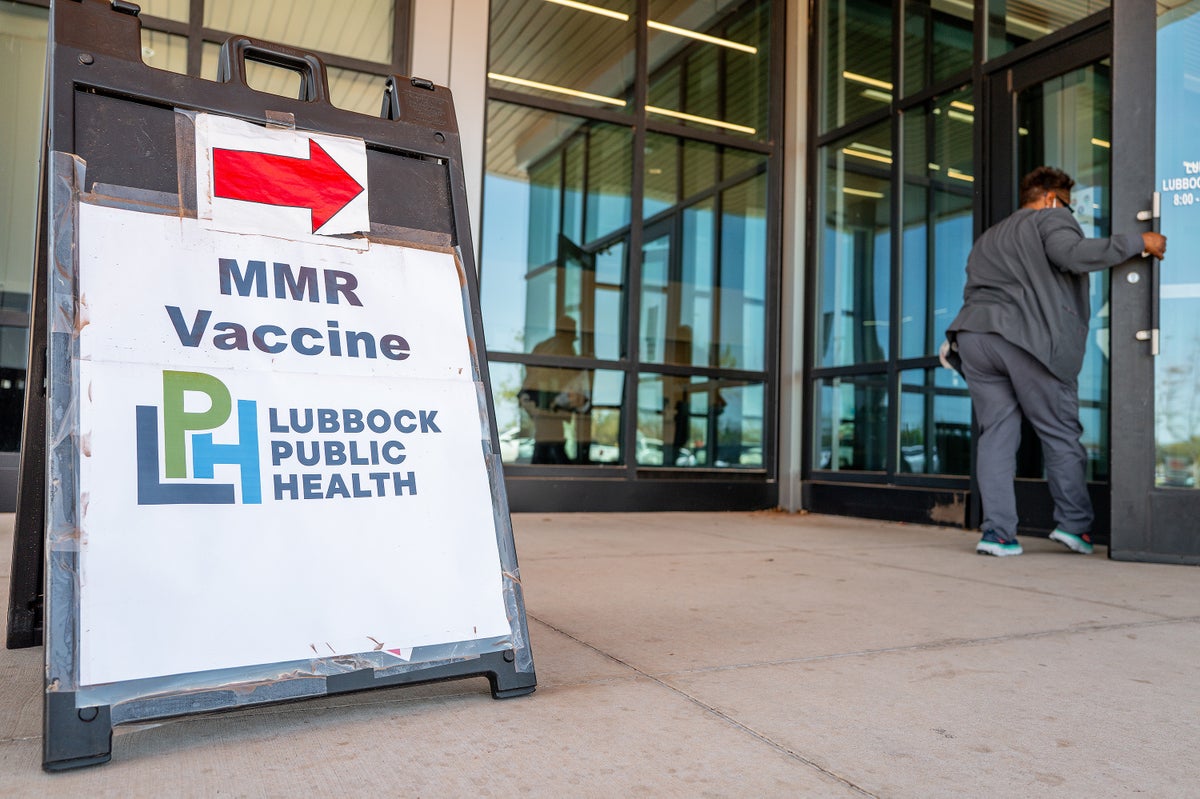
"On Monday Texas health officials said the state's massive measles outbreak, which killed two unvaccinated children, had come to an end. It's the close of the largest single measles outbreak that the U.S. has seen since 2000, when health agencies declared the disease eliminated in the country. In recent years vaccination rates have wavered, and the disease has slowly been making a comeback."
"The outbreak also spread to other states through travel, killing an unvaccinated adult in New Mexico. The Texas Department of State Health Services (DSHS) has not received reports of a new case in the most highly affected counties since July 1, passing the 42-day threshold that is standard for monitoring measles outbreaks. But infectious disease and public health experts tell Scientific American that the end of an outbreak is not the end of the disease."
"As of August 19, the Centers for Disease Control and Prevention has logged 35 outbreaks in 41 states, sickening a confirmed 1,375 people. Two thirds of the infections have been in children and teenagers under age 19. With school back in session, experts say measles could easily surge again in communities in Texas with low vaccination rates and elsewhere by winter."
Texas health officials declared the state's massive measles outbreak over after no new cases were reported in the most affected counties since July 1, surpassing the 42-day monitoring threshold. The outbreak began in January in a largely unvaccinated population in Gaines County, sickening at least 762 people and killing two unvaccinated children; it also spread through travel, killing an unvaccinated adult in New Mexico. As of August 19, the CDC logged 35 outbreaks across 41 states with 1,375 confirmed cases, two-thirds among people under 19. Low vaccination rates, school reopenings, and international outbreaks increase the risk of renewed measles transmission.
Read at www.scientificamerican.com
Unable to calculate read time
Collection
[
|
...
]